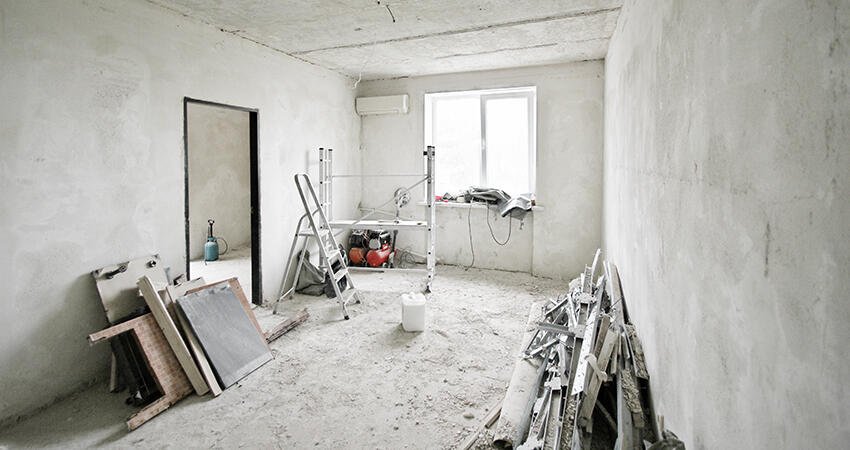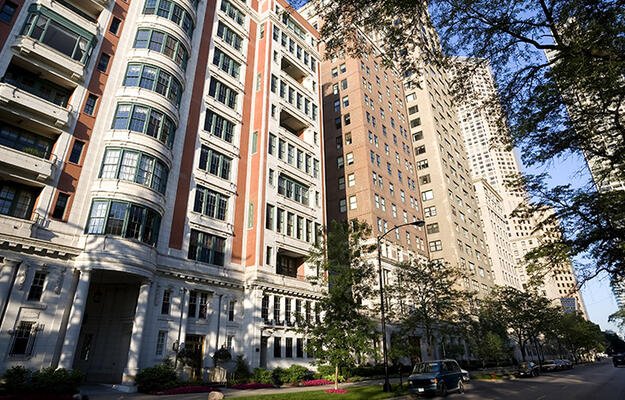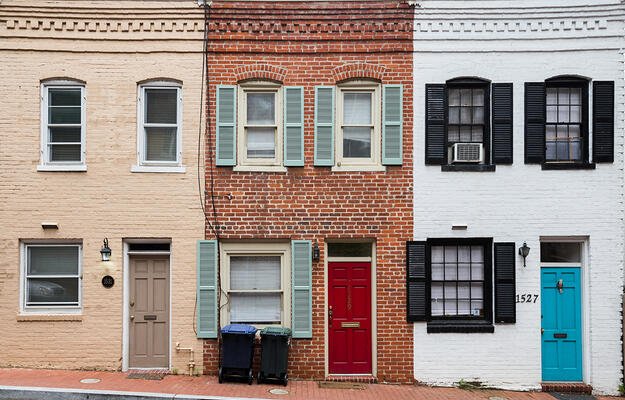
Can Renovations Improve the Health and Well-Being of Public Housing Residents?
- Title:
- Can Renovations Improve the Health and Well-Being of Public Housing Residents?
- Author:
-
Ingrid Gould Ellen, Kacie L. Dragan, and Sherry Glied
- Source:
- Publication Date:
-
2020
In 2015, the New York City Housing Authority transferred six public housing properties to private developers for rehabilitation and operation as subsidized housing. The repairs and improvements included fixing elevators, installing new lighting, fixing stairway handrails, upgrading heat and hot water systems, installing emergency generators, repairing roofs, renovating bathrooms, and installing new appliances. A new study used New York’s experience with a conversion comparable with the Rental Assistance Demonstration (RAD) to explore how renovations may improve the health and well-being of residents in public housing. The findings have national relevance, as the US Department of Housing and Urban Development estimates that the 1.1 million public housing units across the country require $50 billion in capital repairs, and many housing authorities intend to fund such repairs through RAD.
Using developer information and New York state Medicaid claims data, the authors constructed a treatment group of 1,644 Medicaid beneficiaries who were living in the six renovated housing developments. They compared this group with a matched set of Medicaid enrollees in the same neighborhoods but whose buildings were not renovated. The authors then used a difference-in-differences regression model focused on five health conditions that they identified as housing sensitive based on prior research: asthma, respiratory infections, hypertension, mental health, and injuries. In addition, they designed two composite indices of the five housing-sensitive conditions for comparison.
There are a few limitations to the authors’ analysis. First, although the authors matched the groups using individual, building, and neighborhood variables, there could still be unobserved differences between residents of the renovated housing and those in the comparison group. Second, Medicaid claims data may over- or underestimate true rates of health conditions. More generally, health outcomes data do not take into account more holistic meanings of well-being; self-reported measures of health and quality of life are important outcomes as well. Finally, the authors were only able to track health outcomes for three years after the renovation; other health impacts may take longer to appear.
Key findings
- Residents of renovated buildings exhibited significant improvements in the composite indices of housing-sensitive conditions compared with the treatment group.
- The full sample of residents of renovated buildings also exhibited improvements relative to the comparison group in four out of five housing-sensitive health conditions, but differences in incidence of these specific conditions were not statistically significant.
- Impacts were somewhat stronger for those who remained in the development for at least a year after renovations and for children, who experienced reduced diagnoses for anxiety and depression and larger improvements in the composite indices of housing sensitive conditions.
- Beyond physical well-being, renovations were associated with increases in resident satisfaction, according to a postintervention survey conducted by the Citizens Housing and Planning Council.
Policy implications
- Policies like the Rental Assistance Demonstration program may lead to improved satisfaction and well-being for residents, even in the short term.
- Impacts of renovations on health and well-being may be somewhat stronger for children.
- Investing in major capital improvements may yield positive impacts on aggregate resident health, though given the multifaceted nature of the intervention, it is difficult to pinpoint which specific elements of the treatment made a difference.
Photo by Svetlana Lukienko/Shutterstock


